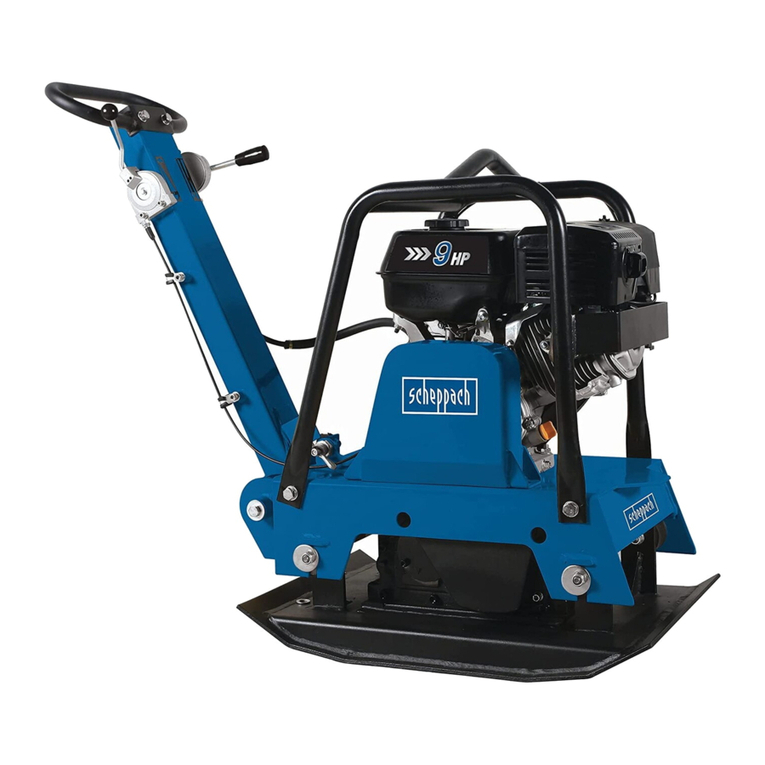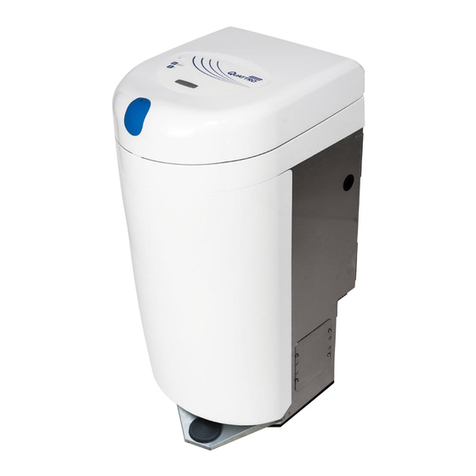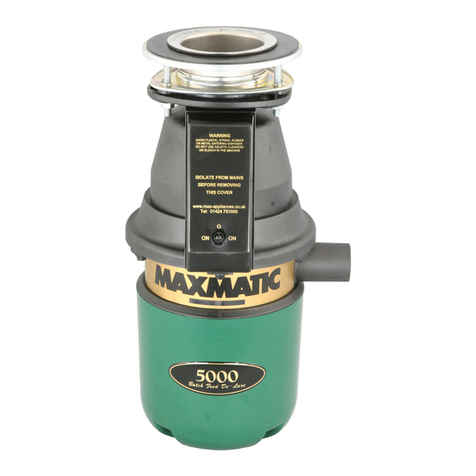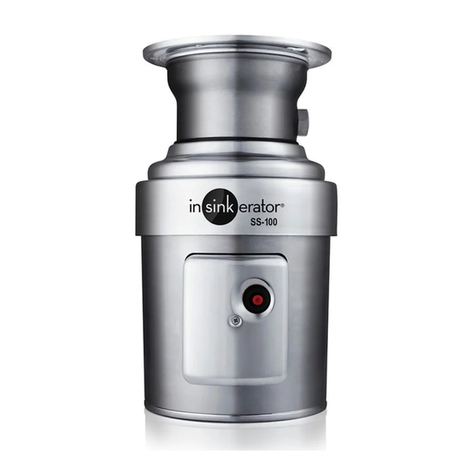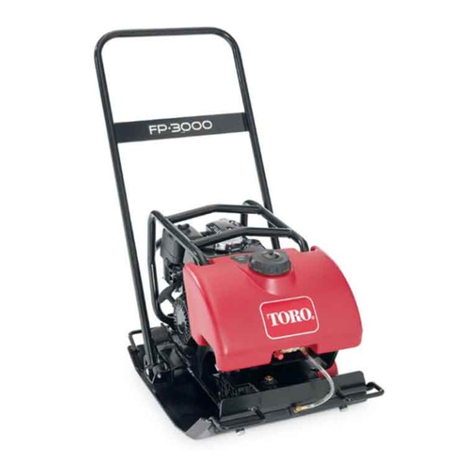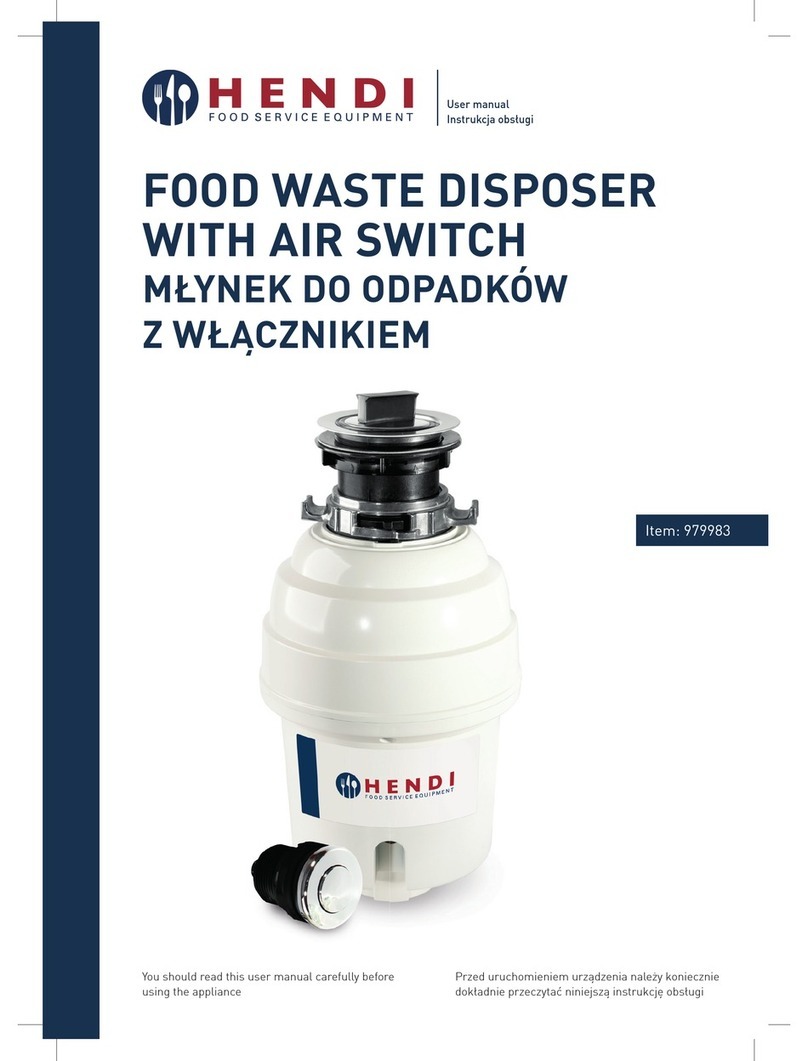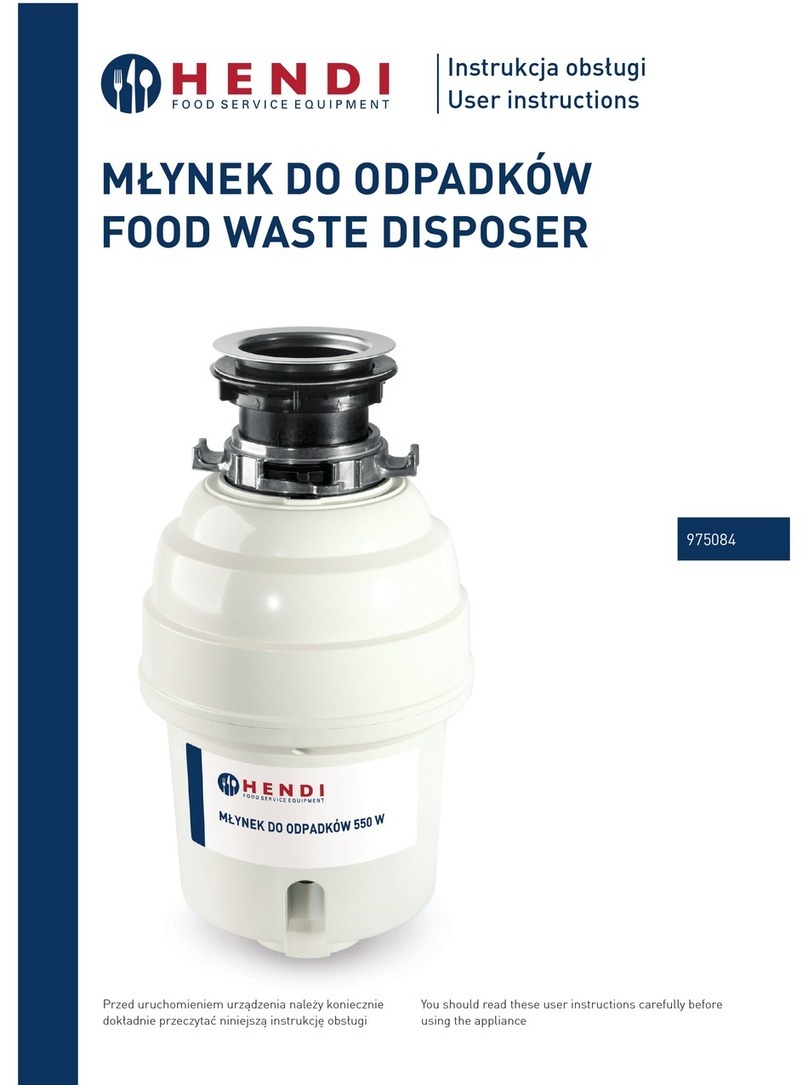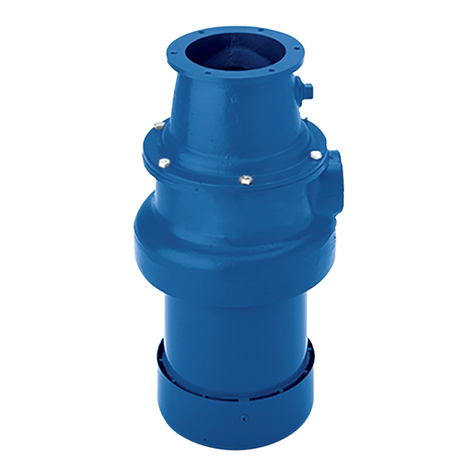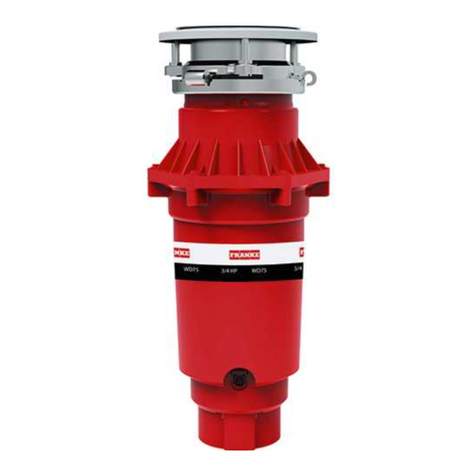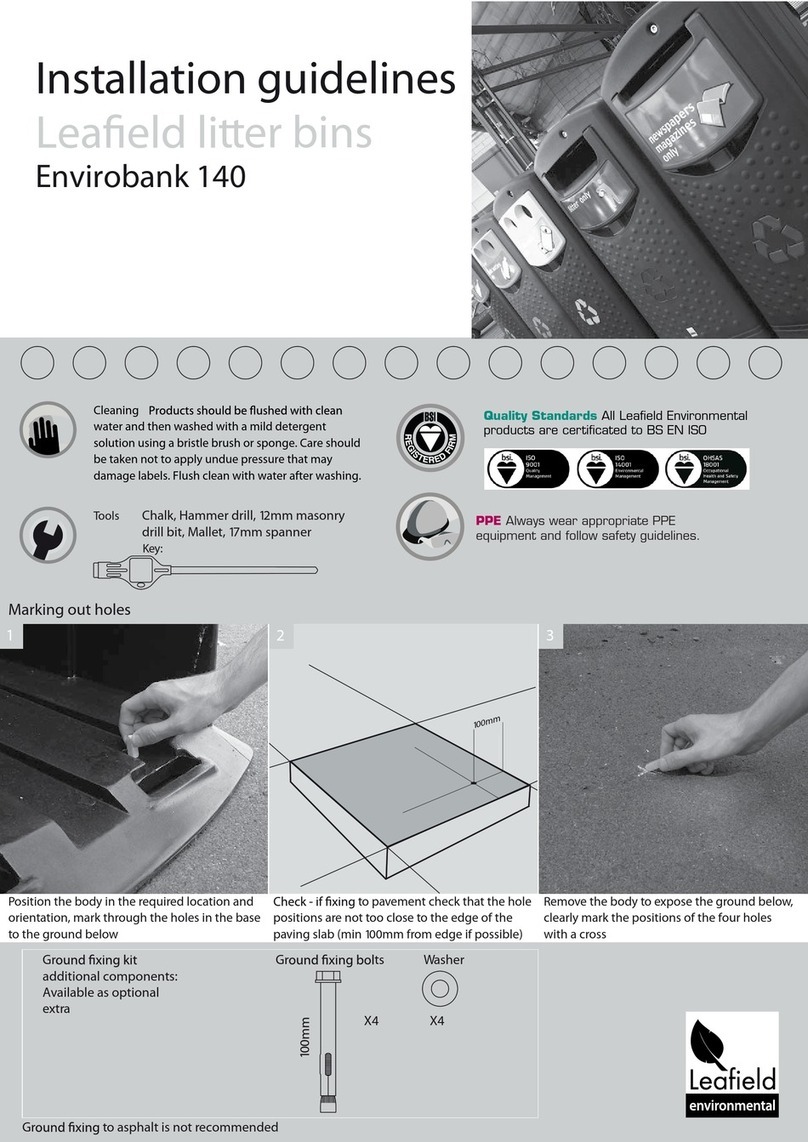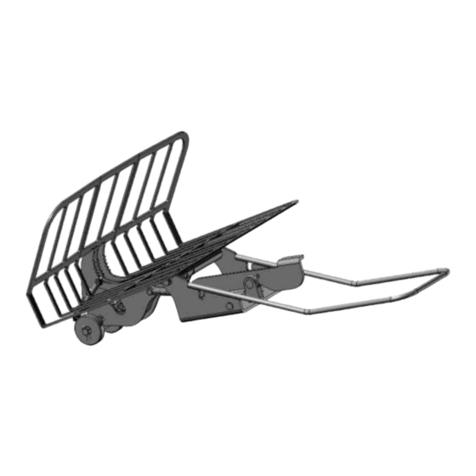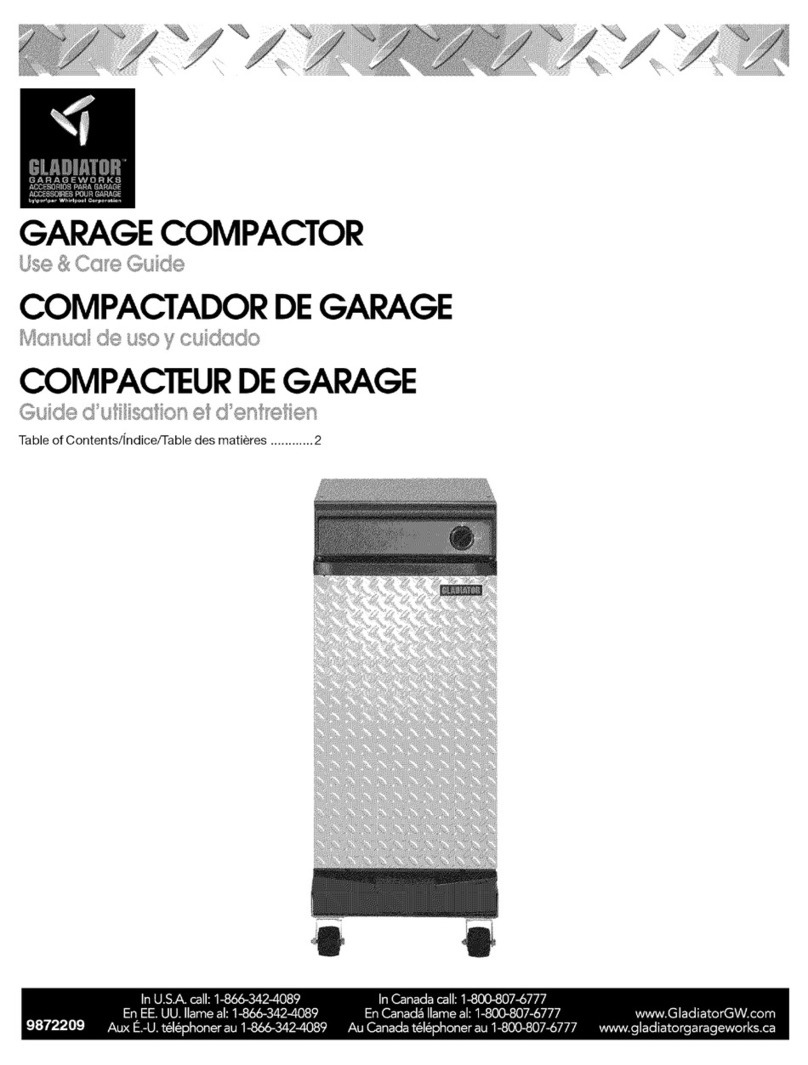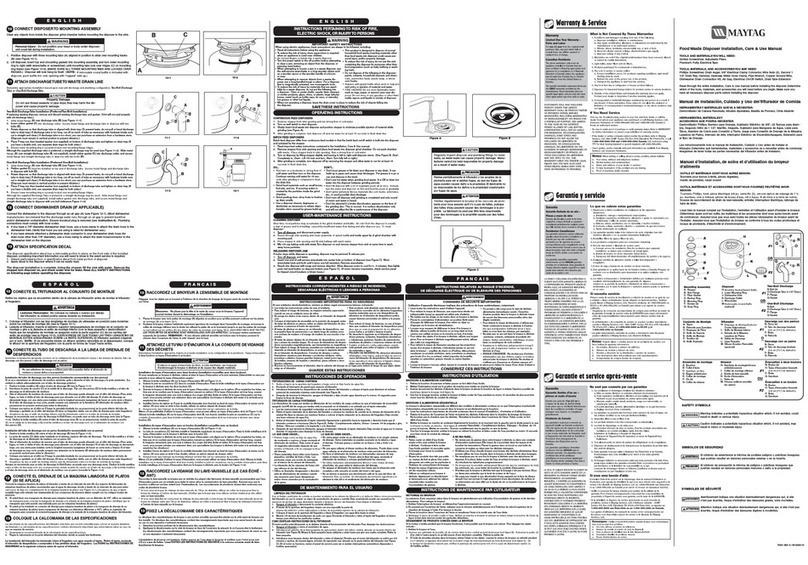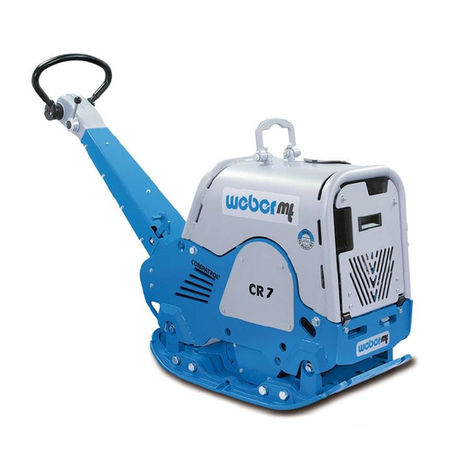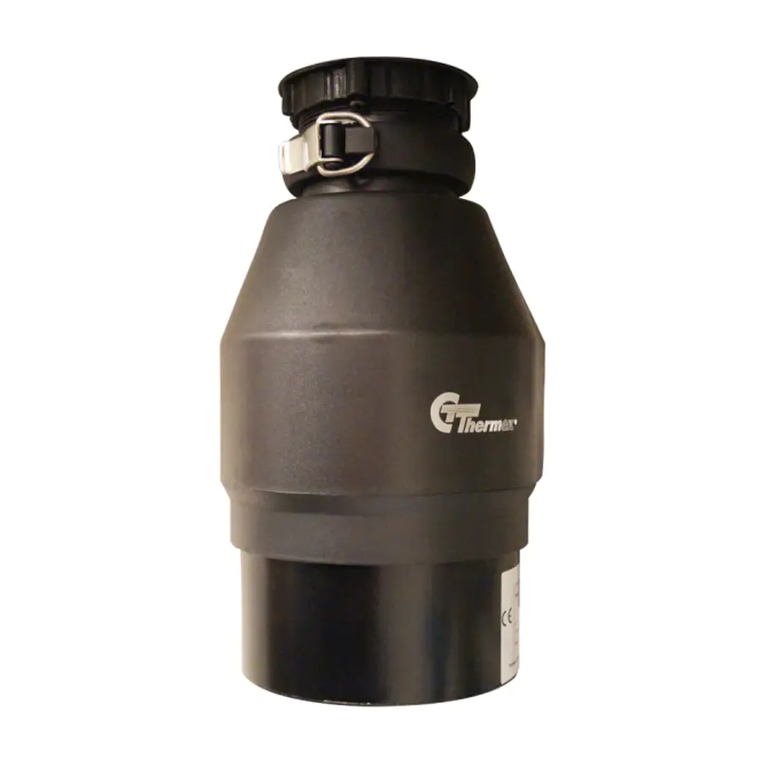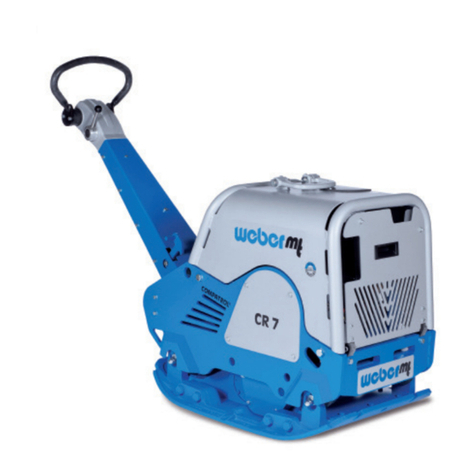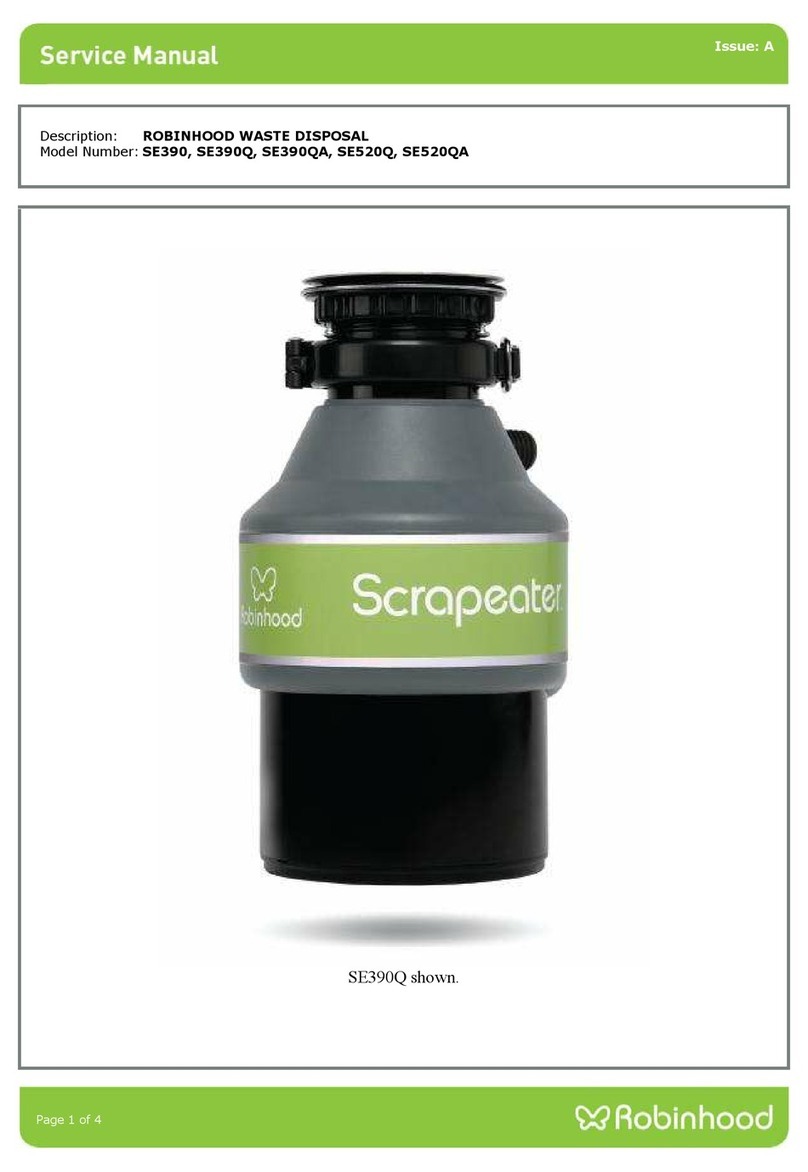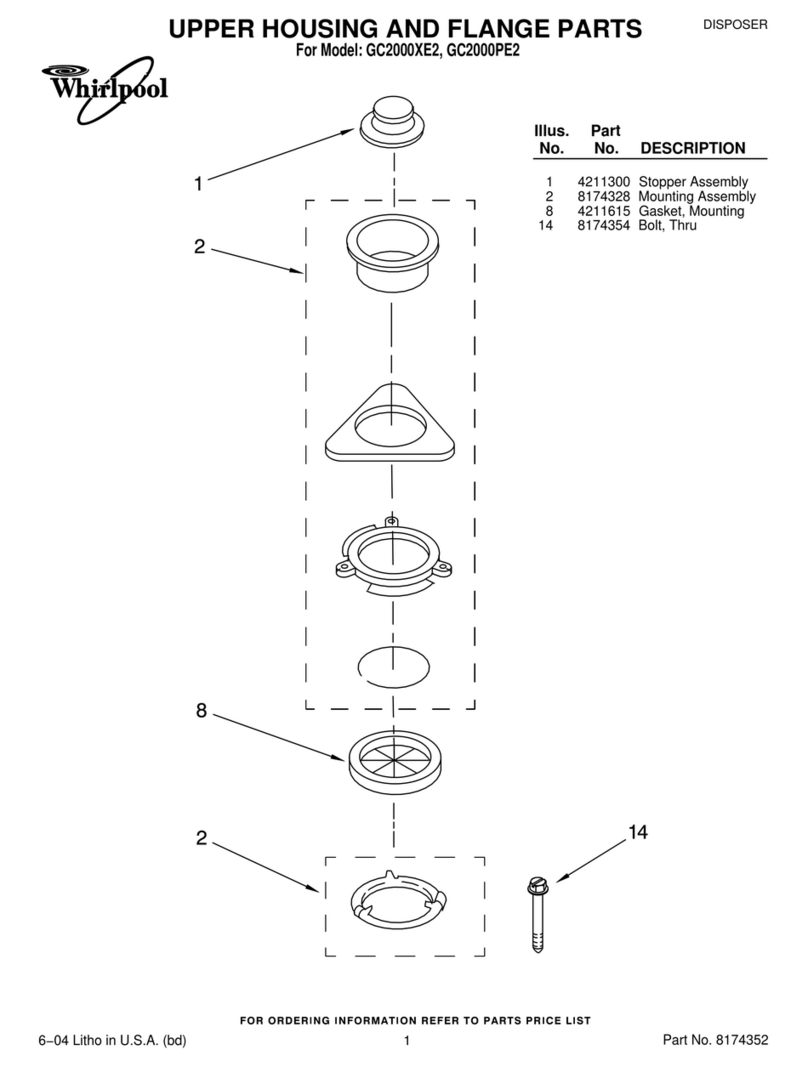
4
EN
• To reduce the risk of injury by materials that may be expelled by a waste dispos-
er,
do not put the following into a disposer: clam or oyster shells; caustic drain
cleaners or similar products; glass, china or plastic; large whole bones; metal,
such as bottle caps, tin cans, aluminum foil or utensils; hot grease or other hot
liquids; whole cornhusks.
• When not operating a disposer, leave the stopper in place to reduce the risk of
objects falling into the disposer.
• DO NOT operate disposer unless splash guard is in place.
• For proper grounding instructions see the ELECTRICAL CONNECTION portion of
this manual.
1. REMOVAL OF OLD UNIT
TYPICAL INSTRUCTIONS, YOUR MODEL MAY VARY.
Before starting this step, turn off electrical power
at the circuit breaker or fuse box. If your old mount
is the same as the mount on your new disposer,
just reverse the assembly instructions found in
section 3. If your new mount system is different,
follow these instructions:
• Use a pipe wrench to disconnect drain line where
it attaches to disposer discharge tube (see 1A).
• Remove disposer from sink flange by turning
mount ring to the left clockwise (see 1B). If you
are unable to turn the mount ring, tap on one
of the extensions from the ring with a hammer.
Some mounting systems have tubular exten-
sions. Inserting a screwdriver into one tube will
provide additional leverage for turning the mount
ring (see 1B). Some disposers may require the
removal or loosening of nuts from the mount
screws (see 1C). Some disposers may require
the removal of a clamp.
CAUTION: Be sure to support the disposer while
performing this step or it may fall when the
mounting ring is disconnected from the mounting
assembly. If your disposer is hard wired (metal
shielded cable not utilizing a wall plug), complete
steps C and D. If you utilize a plugin cord, go on
to step E.
• When disposer is removed, turn up side down
and remove electrical cover plate (see 1D).
• Use screwdriver to remove green ground wire.
Remove wire nuts from black and white power
wires and separate disposer wires from power
cable wires. Loosen screws on cable clamp and
separate cable from disposer.
• To remove remaining mount system from the
sink, loosen mount screws, push mount ring up.
Under it is the snap ring. Use screwdriver to pop
off ring (see 1E). Remove mount ring, protector
ring and gasket from sink flange. Some mounts
will require the unscrewing of a large ring hold-
ing the sink flange in place. Pull sink flange up
through sink and clean off old putty from sink.
IMPORTANT: Unless you have a new home, this is
a good time to clean out the trap and drain lines
by running a drain auger or plumber’s snake be-
fore installing your new disposer.
